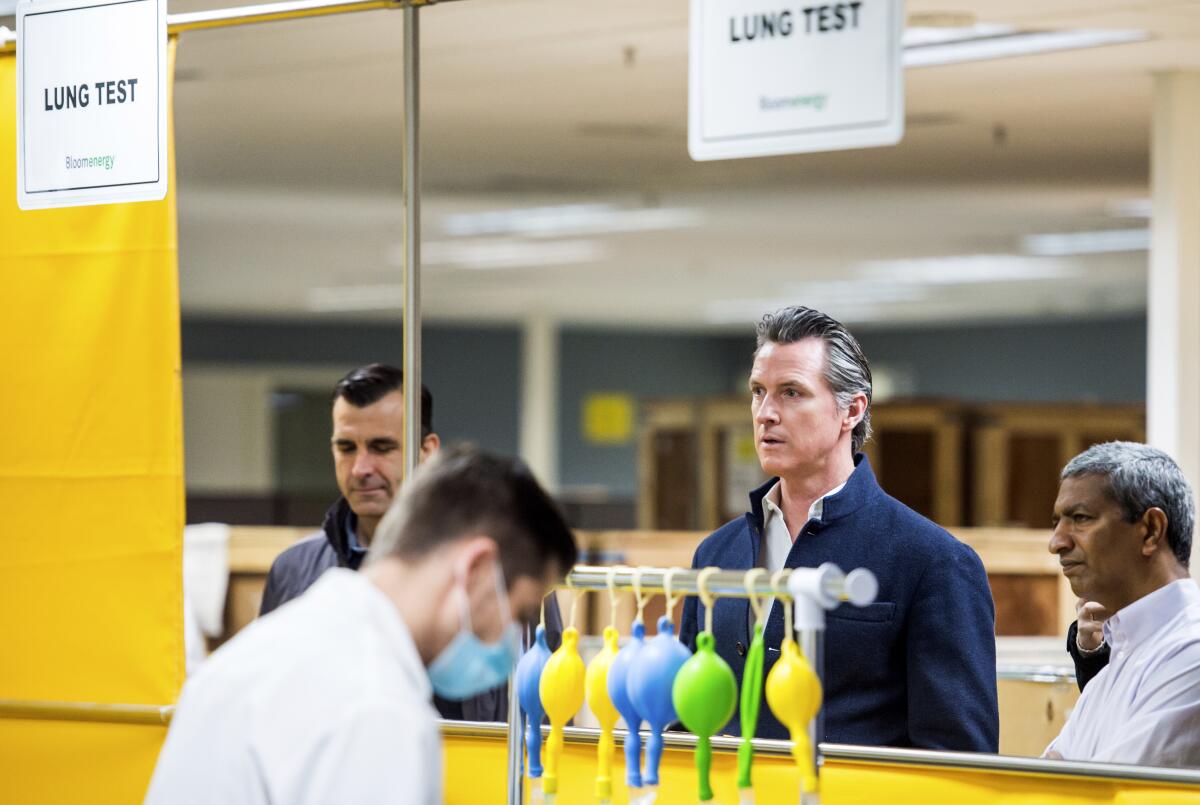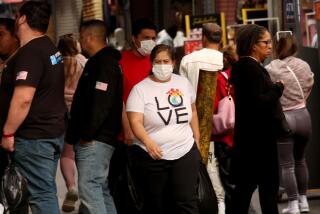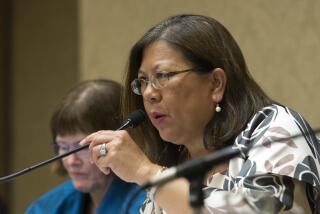L.A. County got 170 broken ventilators from feds; Silicon Valley is fixing them, Newsom says

- Share via
Gov. Gavin Newsom on Saturday said the federal government sent Los Angeles County 170 ventilators that arrived “not working,” and now a Silicon Valley company is fixing the equipment amid the coronavirus outbreak.
California and other states have been stocking up on ventilators in anticipation of a shortage at hospitals during the COVID-19 pandemic. Newsom said he learned about the problem with the federal government’s ventilators when he visited Los Angeles Mayor Eric Garcetti on Friday.
“Rather than lamenting about it, rather than complaining about it, rather than pointing fingers, rather than generating headlines in order to generate more stress and anxiety, we got a car and a truck,” Newsom said.
“And we had those 170 brought here to this facility at 8 a.m. this morning, and they are quite literally working on those ventilators right now,” Newsom said.
Newsom spoke about the ventilators at a press conference at a Bloom Energy refurbishing site in Sunnyvale on Saturday with San Jose Mayor Sam Liccardo.
Bloom’s core business is in repairing and refurbishing fuel-cell power generators sold to large companies and nonprofits. In response to the COVID-19 pandemic, Newsom said the company is refurbishing more than 500 older ventilators owned by the state.
The governor said the company will also fix and return the 170 ventilators the federal government sent to Los Angeles County by Monday. “That’s the spirit of California,” Newsom said. “That’s the spirit of this moment.”
In total, the state has procured and identified 4,252 ventilators toward a goal of securing an extra 10,000 in response to the COVID-19 pandemic, Newsom said.
Newsom said the Trump administration has not yet fulfilled the state’s request for ventilators and separately sent the 170 ventilators to L.A. County.
The governor said the ventilators came from the national stockpile, a supply of life-saving pharmaceuticals and medical supplies maintained by the Department of Health and Human Services.
Mechanical ventilators are essential to treating patients critically ill with COVID-19. The virus officially called SARS-CoV-2 can infect the lungs and cause people to be unable to breathe properly; it can also cause inflammation in the lungs. Fluid can leak into lung tissues and can drown some of the lung’s tiny air sacs, preventing them from delivering oxygen to the blood.
Those who are critically ill from the coronavirus infection can suffer from respiratory failure, sepsis and multiple organ failure.
The Times reported last week that federal officials have known for years there was a shortage of ventilators nationally to deal with such an pandemic.
As early as 2003, the GAO cautioned that many urban hospitals lacked enough ventilators to treat a large number of patients suffering from respiratory problems that would be expected in an anthrax or botulism outbreak.
“Ventilators have long been recognized as a weak link,” said Marcia Crosse, former head of the healthcare section of the Government Accountability Office, who spent 35 years at GAO before retiring in 2018.
Today, a lack of ventilators is emerging as a potentially critical shortfall because patients hit hardest by COVID-19, the illness caused by the coronavirus, often suffer severe respiratory problems.
Across the U.S., there could be as many as 31 patients requiring ventilation for every machine available, according to an article published this week in the New England Journal of Medicine. The shortage could be just as severe in California.
Statewide, there are about 9,500 ventilators, a total that includes recent additions made by state leaders and others in anticipation of increased numbers of COVID-19 patients. The federal government’s national stockpile, which states can tap when their local supplies run low, has an additional 16,000.
More to Read
Sign up for Essential California
The most important California stories and recommendations in your inbox every morning.
You may occasionally receive promotional content from the Los Angeles Times.












